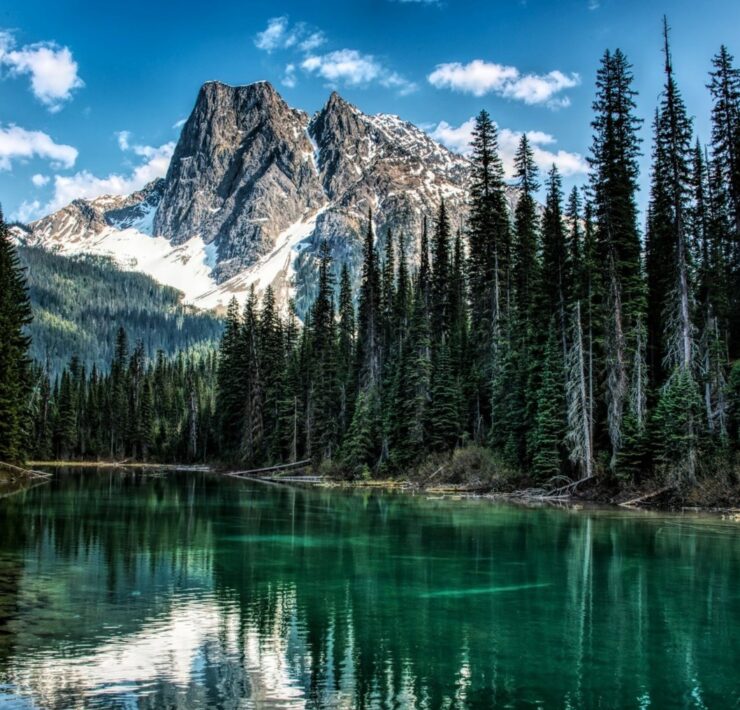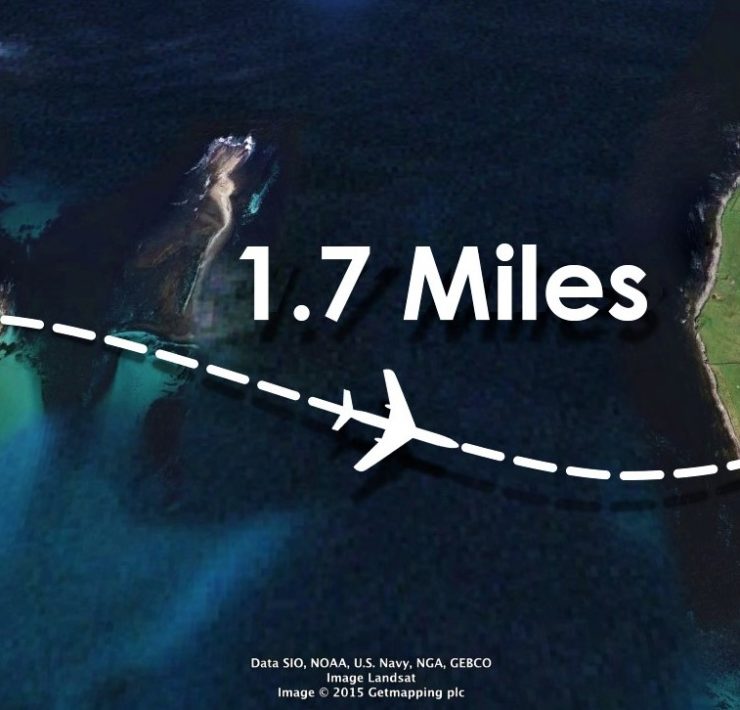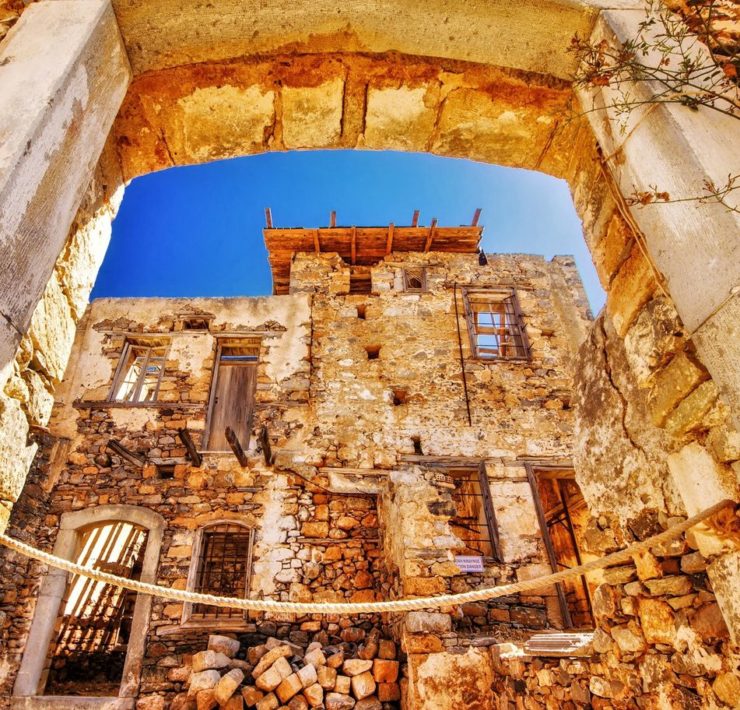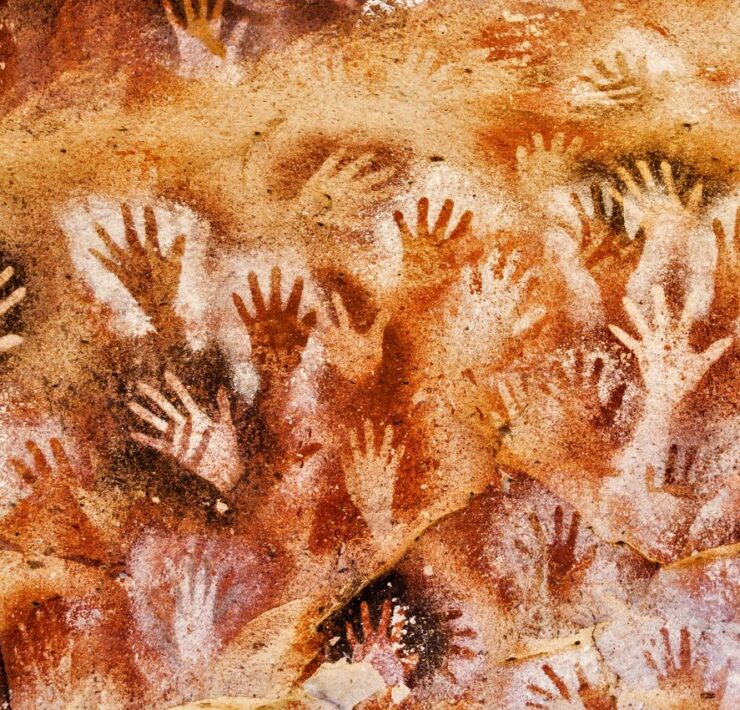Besides majestic castles built on small islands, there are also monasteries that stood on some of the smallest islands to be isolated and surrounded by nature to capture the peace a monastery should possess. Here are 8 beautiful island monasteries you should definitely consider visiting to connect with your inner self.
1. Church on the Island, Bled, Slovenia
This isn’t really a castle standing on the island but a church right in the middle of Lake Bled in Slovenia. Legend has said that the location of the present church was once before the site of the temple of the ancient Slavic goddess Ziva. In the early Middle Ages, a pre-Romanesque chapel stood on the site that, according to written sources, is the first masonry church on the island. It later transformed during the 15th century into a Gothic church with a main altar and a bell tower known as the ‘Wishing Bell’.
Now, the church still stands after renovations on damages from past earthquakes. You can have a whole view of the church on the island and the lake from Bled Castle standing atop a steep 130-meter-high cliff.
2. Visovac Monastery, Sibenik, Croatia
Visovac island is one of Croatia’s important natural and cultural sites as it is the home of the Franciscan Monastery of Our Lady of Mercy and the Church of Our Lady of Visovac. These churches have stood in Visovac since 1445 as proof of the island’s beauty and aura that have attracted pilgrims from the past until now. Visovac is situated in the area of the lower flow of the river Krka between two waterfalls in Krka National Park. Other than the monasteries, there’s also a small museum and a garden worth seeing.
3. Norman Benedictine Abbey of St-Michel, Mont Saint-Michel, France
According to legend, the Archangel Michael visited St. Aubert, the bishop of Avranches, in 708 and told him to build a church on the islet of Mont Saint-Michel. The bishop repeatedly ignored the request but gave in when the archangel burned a hole in his skull using only a finger. As the Church’s power deceased during the Reformation and the lacking number of monks in the abbey continued to drop during the French Revolution, the church was transformed into a prison to hold well-known people ranging from clerical republican opponents to politicians. Influential figures like Victor Hugo launched a campaign to restore the church and now, it’s a UNESCO World Heritage Site attracting hundreds of tourists everyday.
4. Pantokrator Church, Corfu, Greece
Covered in pine trees and floating between Agriovotanos and Ellinika, the small island of Pontikonisi is a known trademark of Greece’s Corfu. Pontikonisi means Mouse Island in Greek and right at its tail you’ll see the white stone staircase of the Pantokrator Church, a Byzantine church built in the 11th or 12th century on top of the island. Pantokrator Church contains the memorial tablets of Elizabeth Empress of Austria and Rodolfo Archduke. The only day this church is open is during the celebration of “The Transfiguration of Jesus” every August 6th.
5. Skellig Michael Monastery, Kerry, Ireland
Skellig Michael, also known as Great Skellig, is the larger of the two Skellig Islands in the Atlantic Ocean. In 1996, it was declared as a UNESCO World heritage Site together with the Christian monastery that is located on a terraced shelf 600 feet above sea level. The monastery’s foundation date remains unknown but the location was well thought of to provide shelter, water, and stones used to build the monastery. Other parts of the monastery worth wandering are the Monk’s Graveyard, St. Michael’s Church, and the Large Oratory.
6. Saint George Benedictine Monastery, Bay of Kotor, Montenegro
If not for the earthquake that sunk the coast and part of Risan, Saint George Island, where the Saint George Benedictine Monastery is situated, wouldn’t look as isolated as it is today. It was once so shrouded with mystery that it was called the ‘Island of the Dead’. The spooky name sounds suitable enough for the island because of its old graveyard for the nobles of Perast surrounded by cypress trees as symbols of death and disappearance.
7. Snagov Monastery, Snagov, Romania
Snagov Monastery is one of those exciting monasteries that’ll make your blood boil especially when you find out that this is the place where the real ‘Dracula’, Vlad the Impaler, was buried. It was believed that his decapitated bod was found around the woods of Bucharest by the monks of the monastery who buried him in their place because the prince and his father donated money to them. This can be true or a hoax but it won’t hurt to pay a visit right?
8. Valaam Monastery, Valaam, Russia
The Valaam Monastery is a stauropegic Orthodox monastery located in Valaam, the largest island of Lake Ladoga, which itself is the largest lake in Europe. It was a northern outpost of the Eastern Orthodoxy against the heathens and later became a western outpost against Catholic Christianity.
The Soviet Union and Finland fought over the island where the monastery stood. Because of this, the monks of the monastery transferred to Heinavesi, Finland and later created the New Valamo monastery. Later on, the original Russian Valaam Monastery was handed back to the Orthodox Church and is now a fantastic destination for those who want a different sight near St. Petersburg.
When On Earth Magazine is for people who love travel. We provide informative travel guides, tips, ideas and advice regarding places to see, things to do, what to taste, and much more for world travelers seeking their next dream vacation destination.






